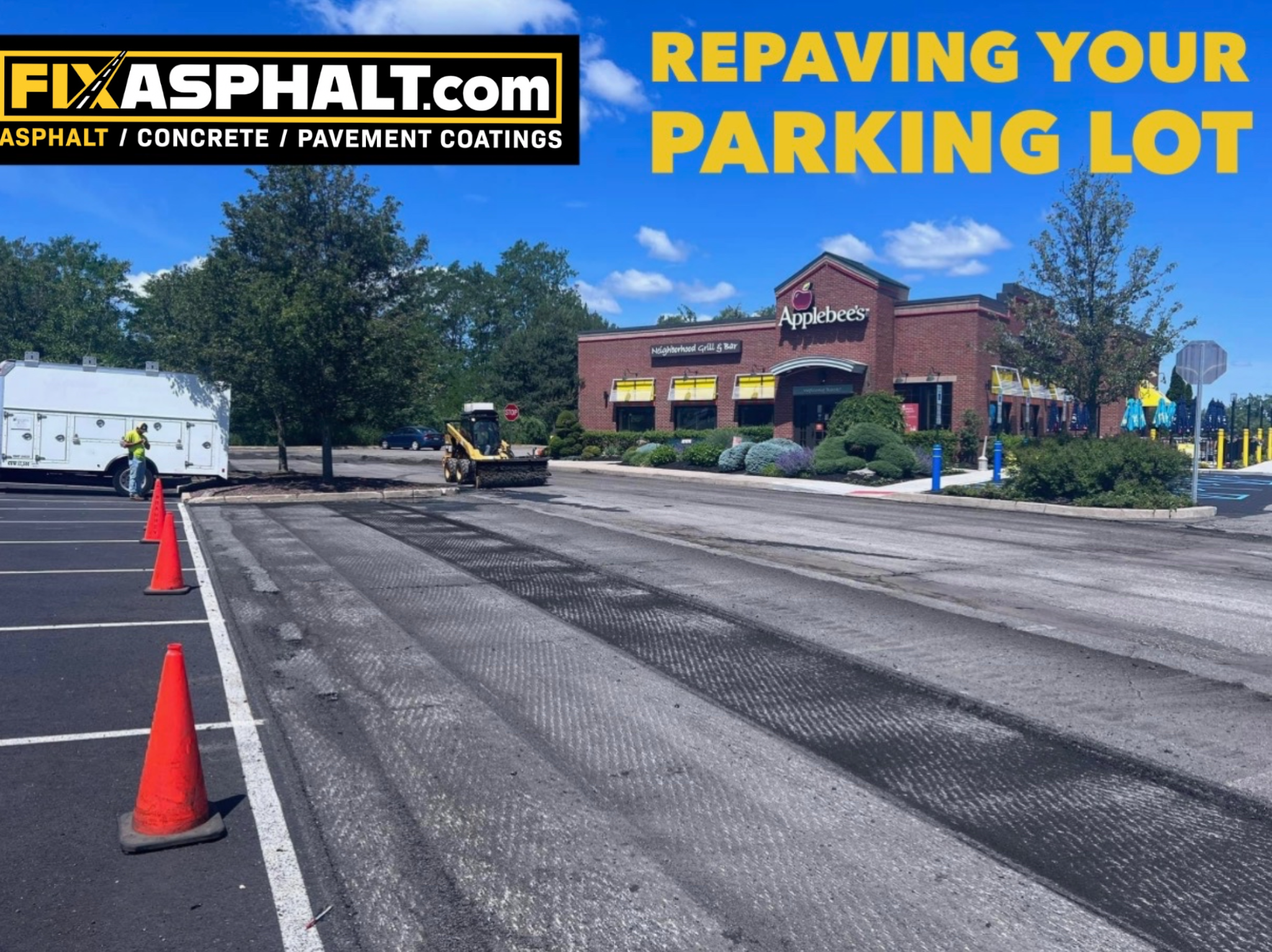5 Essential Tips for Asphalt Paving Projects in 2024

Whether you're a commercial parking lot owner, facility manager, or property manager, this guide is tailored to offer valuable insights and advice for your upcoming asphalt paving project. Adhering to these recommendations will ensure a successful and cost-effective paving experience. Let's explore these essential tips!
Asphalt Projects in 2024
As we step into 2024, meticulous planning is essential for your asphalt project. Your parking lot serves as the initial impression of your property, emphasizing the need for a well-paved and safe surface. Here are key factors to consider:
-
Assess the Condition: Before commencing any paving, thoroughly evaluate your current asphalt surface for signs of cracking, potholes, or drainage issues. This assessment guides decisions on repairs or resurfacing.
-
Plan for Traffic Control: Minimize disruptions to your business by collaborating with your paving contractor to create a traffic control plan. Consider scheduling the project during off-peak hours or weekends.
-
Consider Longevity: Invest in high-quality materials and installation techniques for a durable asphalt parking lot. Discuss options with your contractor, including durable asphalt mixes and strategic reinforcement methods.
-
Stay Within Budget: Establish a clear budget, obtain quotes from multiple contractors, and carefully compare the scope of work, materials, and associated costs. Include long-term maintenance expenses in your considerations.
-
Maintain Regular Maintenance: After completion, implement a maintenance plan involving regular sealcoating, crack filling, and inspections to preserve the longevity and appearance of your parking lot.
Asphalt Paving Project Planning
Proper planning lays the foundation for success. Consider these critical elements during the planning phase:
-
Identify Goals and Objectives: Clearly define project goals, whether focused on aesthetics or functionality improvements. Identifying priorities guides decision-making.
-
Engage with Experienced Contractors: Partner with reputable contractors with a proven track record. Request references and inquire about their experience in similar projects.
-
Conduct a Site Assessment: Before starting work, conduct a thorough site assessment to identify drainage problems, analyze pavement conditions, and consider topographical factors.
-
Develop a Project Timeline: Create a realistic timeline accounting for variables like weather conditions and material availability. A well-defined timeline helps coordinate with stakeholders and minimize disruptions.
-
Communicate with Stakeholders: Keep all stakeholders informed about the project, providing regular updates, addressing concerns, and fostering understanding for a smooth process.
Asphalt Parking Lot Paving Tips
Optimize your parking lot paving project with these additional tips:
-
Optimal Design and Layout: Revisit your parking lot's design for efficient traffic flow, accessibility, and compliance with regulations.
-
Integrate Sustainable Solutions: Explore eco-friendly alternatives like permeable pavement options for proper water drainage.
-
Illuminate for Safety: Adequate lighting enhances safety; evaluate your lighting plan and consider energy-efficient options like LED fixtures.
-
Implement Effective Signage and Striping: Clear signage and well-defined striping contribute to organized parking and compliance with regulations.
-
Plan for Future Growth: Anticipate future growth and consider additional parking spaces or expansion possibilities.
Asphalt Parking Lot Paving Budget
Establishing a realistic budget is crucial; consider these essential factors:
-
Scope of Work: Clearly communicate expectations to the contractor regarding repairs, resurfacing, or reconstruction for accurate cost estimates.
-
Material Selection: Decide on materials based on type, quality, and cost implications. Consider advanced asphalt technologies and sustainable options.
-
Drainage System: Ensure an efficient drainage system is incorporated to prevent future water accumulation and pavement deterioration.
-
Hidden Costs: Account for permits, inspections, and traffic control measures in your budget to avoid surprises.
-
Long-Term Maintenance: Include regular maintenance expenses in your budget to extend the lifespan of your parking lot.
By adhering to these guidelines and planning meticulously, you can achieve a durable and visually appealing parking lot in 2024. Consult with experienced professionals, prioritize maintenance, and stay within your budget for a successful project!











Leave a Comment